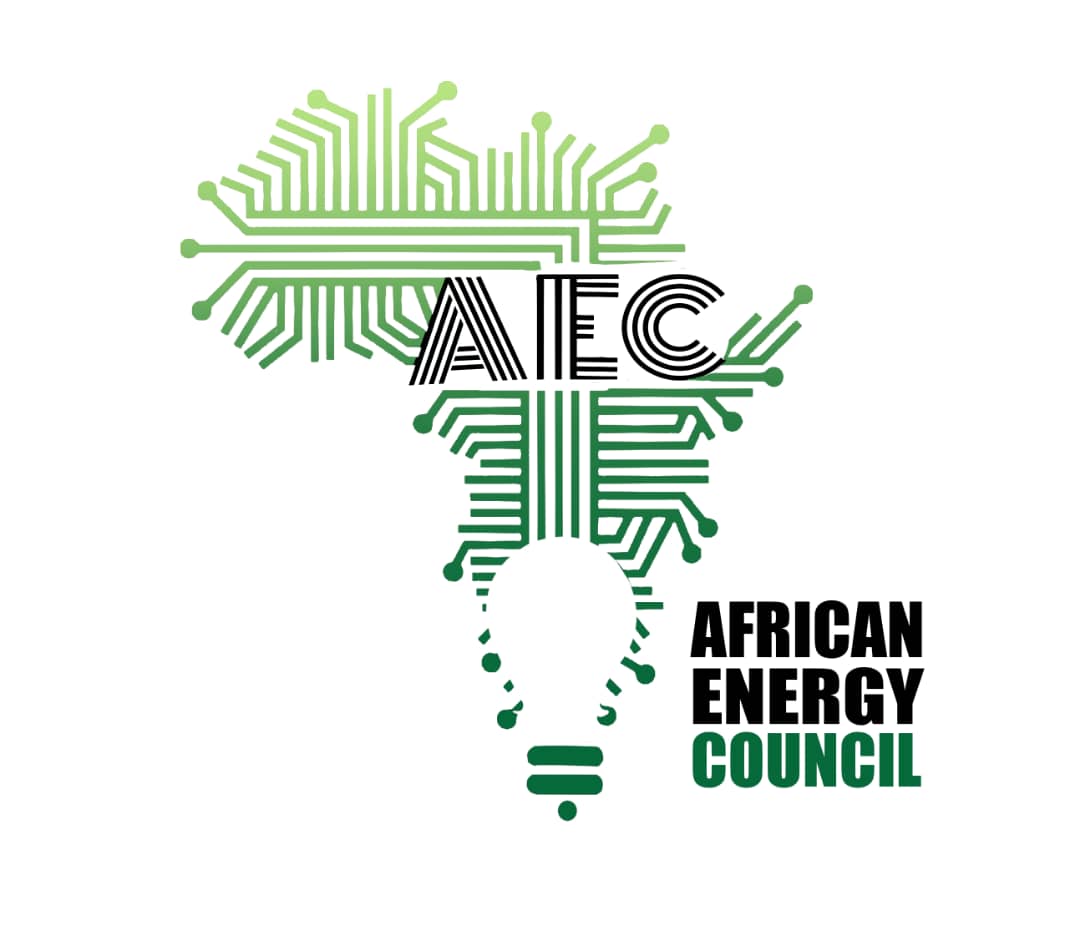Prospective bidders submitted a total of 56 wind and solar projects under the sixth bid window (BW6) of South Africa’s Renewable Energy Independent Power Producer Procurement Programme (REIPPPP), which has been expanded to 4 200 MW from an initial allocation of 2 600 MW.
The bids, which are spread across five provinces, with 24 in the Western Cape province alone, total more than 9 600 MW across 23 wind and 33 solar photovoltaic (PV) bids.
With several projects competing to supply 240 MW, the wind projects have a total capacity of more than 4100 MW. The solar PV projects have a combined capacity of 5550 MW, with a number of individual projects also bidding to supply 240 MW.
Besides the Western Cape, the other provinces represented include the Free State with 11 bids, the North West with eight, the Northern and Eastern Cape with six apiece, and Limpopo with one.
The IPP Office tells Engineering News that the bid evaluation, which will be conducted by an independent evaluation committee, will formally begin assessing the bids on October 5.
The IPP Office said in response to an enquiry: “At this time, we expect the evaluation process to take about six to eight weeks, where after the bid announcements will follow once all governance approvals have been secured.”
No price information was provided and it was, thus, unclear how current inflationary pressures were reflected and how the bids compared with those received during the troubled BW5, when the average tariff bid was 47.3c/kWh.
Anton Eberhard, who is Emeritus Professor and Senior Scholar at the Power Futures Lab at the University of Cape Town’s Graduate School of Business, noted that bids for the 1 000-MW solar PV allocation were more than five times oversubscribed, which should result in some competitive prices.
However, the doubling of the wind energy capacity on offer, from 1 600 MW to 3 200 MW, coupled with grid constraints, resulted in a bid oversubscription of only 30%. “Less competition will likely see price increases compared to BW5,” Eberhard warned.
BW5 was the first initiated under the current Integrated Resource Plan and followed a seven-year disruption, precipitated by a refusal by the previous leadership at Eskom to enter into new power purchase agreements on the basis that the utility had surplus capacity.
South Africa has subsequently descended into its worst-ever period of load-shedding, with power cuts having been implemented at up to 6 000 MW, or Stage 6, during several days in 2022.
To date, only three wind projects out of the 25 wind and solar PV projects named as preferred bids in October last year have signed project agreements and none have reached financial close.
The IPP Office has set a deadline for the end of October for the remaining 22 bidders to sign their project agreements, but commentators have warned that some casualties should be expected.
The BW6 bids were submitted by the October 3 closing date, which was delayed from an initial deadline of August 11 after President Cyril Ramaphosa announced that the round would be expanded as part of several interventions unveiled on July 25 to tackle worsening load-shedding.
Ramaphosa announced that BW6 would be doubled to 5 200 MW, involving 3 200 MW of wind and 2 000 MW of PV.
However, the National Energy Crisis Committee, which was also established in July, later reduced the allocation to 4 200 MW, owing to the fact that the National Energy Regulator of South Africa had not yet provided concurrence with a Ministerial determination allowing for the doubling of the solar PV allocation, which was limited to the 1 000 MW catered for under a previous determination.
A request for proposals (RFP) for energy storage projects, which was supposed to be released at the end of September, has been delayed, according to the IPP Office.
It stated that the RFP was nearing completion and would be made available to the market as soon as the governance procedures were complete.

